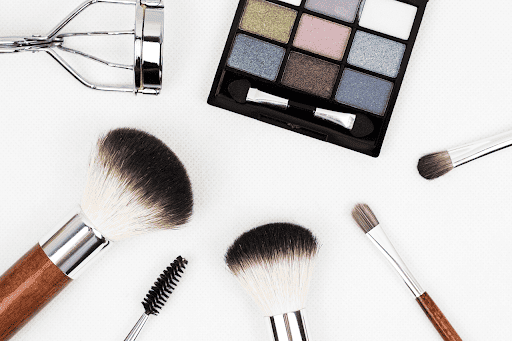The beauty ecommerce sphere is a pretty saturated one. Even if you’re bringing in high volumes of traffic, there’s no guarantee you’ll be able to convert visitors into actual customers. Are you noticing a disconnect between site visits and sales? There’s a good chance your website isn’t as user-friendly as it could be. Need some tips? Below, we take a look at 8 of the most effective ways you can optimise your beauty ecommerce platform.
1. Invest in Quality Content
Great content should be at the heart of every ecommerce store. Make your product pages stand out by creating compelling product descriptions that engage, inform, and inspire. Rather than use the supplier photos that many competitors are using, you should also think about creating your own imagery to make those product pages really shine.
2. Cater to the Gift Shopper
While most customers will know exactly what they’re looking for, others will be scouring your product categories for gifts. Unless they’ve been given strict orders on what to buy by the gift recipient, they’ll need some inspiration to make their decision. Think about populating your blog pages with gift-buying guides or include a separate category page dedicated to it.
3. Respond to Trends With an Up-To-Date Assortment
A hallmark of any successful beauty retailer is an extensive assortment. However, offering a bottomless pick of products isn’t enough to outperform your competitors. It’s far more important that you’re offering in-demand goods at exactly the right time. For maximum sales, try and automate the merchandising process as much as possible so you’re always on top of trends and influencer activity.
4. Capitalise on Customer Reviews
You can further enrich product pages by incorporating customer reviews. The more reviews available, the more likely it is that an indecisive shopper will end up adding an item to their cart. Nowadays, most customers want to hear what fellow consumers have to say about a product, so there’s no excuse for not including them. To get the biggest benefit, don’t be too restrictive with word count and allow users to upload photos.
5. Introduce a Referral Program
Have you ever been complimented on a new fragrance or shade of lipstick? Word-of-mouth marketing is an invaluable asset to any business. Make it easier for customers to recommend your online brand with a referral program. Take a retailer like Notino as an example. Here, customers have a choice of reward for every successful referral. Think about offering perks like free shipping or a one-time discount on a future order.
6. Offer a Subscription Service
Looking to retain customers for longer? One of the easiest ways to turn one-time customers into long-term loyalists is to offer a product subscription service. You can incentivise the option by granting subscribers a small saving on every product ordered. For maximum engagement, make sure you’re being upfront about terms of service and making things flexible so customers can opt out whenever they want.
7. Allow Customers To Try Before They Buy
If your product assortment includes big-ticket brands, customers may need a little convincing to bite the bullet and commit to a purchase. Listing a new brand or product for the first time? You’ll need to think about encouraging customers to take a chance on the unfamiliar. Offering free product samples is a tried and tested method for increasing conversion rates.
Don’t have an endless stock of samples at your disposal? You can still allow customers to try before they buy. Artificial intelligence and augmented reality are redefining the way we shop online. Virtual try-on features have long been a staple of online fashion and beauty retailers and can help move the indecisive buyer further along the sales funnel.
8. Tap into the Potential of Influencer Marketing
Never underestimate the potential of influencer marketing. Many beauty brands work directly with social media influencers to connect with customers and increase conversions, and it’s something you should be thinking about yourself. While you’re probably not in a position to shell out five-figure sums for sponsored posts, you can still explore partnerships with micro-influencers.
Optimization is an Ongoing Process
Whether you’re connecting with influencers or overhauling your product pages, remember that ecommerce optimisation isn’t a one-and-done process. If you want those high sales revenues to continue, you’ll need to be constantly looking for ways to fine-tune customer experience and ensure your assortment is as appealing as possible.
